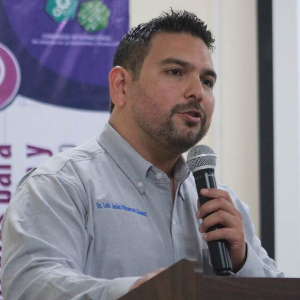Biosafety
For research or instructional purposes, biosafety laboratories are carefully built facilities where infectious or potentially infectious pathogens are handled and/or contained. The goal of a biosafety laboratory is to keep personnel and the rest of the environment safe from biohazards. Biohazard control is divided into four stages, referred to as biosafety levels 1 through 4. Biosafety refers to the avoidance of large-scale biological integrity loss, with an emphasis on both ecological and human health. Regular biosafety assessments in laboratory settings, as well as tight protocols to follow, are among the preventative methods. Biosafety is a term used to describe the process of safeguarding against potentially dangerous events. A continuous risk management assessment and enforcement procedure for biosafety is used by many laboratories that handle biohazards. Biosafety is becoming a global concern that necessitates multilevel resources and international collaboration to monitor, prevent, and correct unintended and malicious release of biologics samples, as well as to prevent bioterrorists from obtaining biologics samples to create biologic weapons of mass destruction.

Murray Moo Young
University of Waterloo, Canada
Limongi Tania
University of Turin, Italy



Title : Renewed novel biotech ideas, with bioreactor bioengineering economic impact
Murray Moo Young, University of Waterloo, Canada
Title : Improving health in over 40,000 patients: The impact of nanomedicine fighting antibiotic resistant infections
Thomas J Webster, Brown University, United States
Title : Osmotic lysis–driven Extracellular Vesicle (EV) engineering
Limongi Tania, University of Turin, Italy
Title : Evaluating cell compatibility and subcutaneous host response of silk fibroin–chitosan plug composites as potential resorbable implants
Luis Jesus Villarreal Gomez, Universidad Autonoma de Baja California, Mexico
Title : Comparative study of endo-?-1,4-mannanases from novel bacterial strains for the production of galactomanno-oligosaccharides
Shruti Saini, National Agri-food and Bio-manufacturing Institute, India
Title : Engineering Sf9 host cells with AcMNPV genes to control baculovirus infection dynamics and heterologous gene expression
Tamer Z Salem, Zewail City of Science and Technology, Egypt